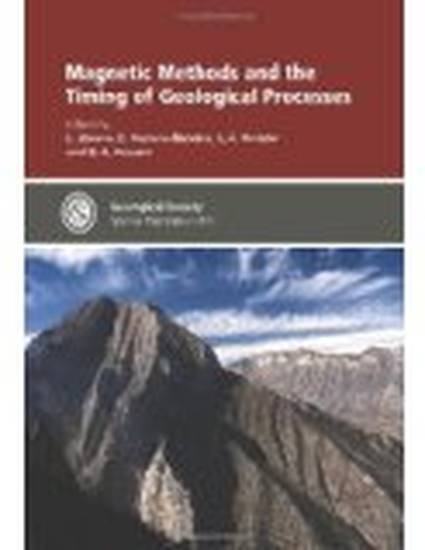
Book
Magnetic Methods and the Timing of Geological Processes
(2013)
Abstract
Magnetostratigraphy is best known as a technique that employs correlation among different stratigraphic sections using the magnetic directions defining geomagnetic polarity reversals as marker horizons. The ages of the polarity reversals provide common tie points among the sections, allowing accurate time correlation. Recently, studies of magnetic methods and the timing of geological processes have acquired a broader meaning, now referring to many types of magnetic measurements within a stratigraphic sequence. Many of these measurements provide correlation and age control not only for the older and younger boundaries of a polarity interval, but also within intervals. Thus, magnetostratigraphy no longer represents a dating tool based only on geomagnetic polarity reversals, but comprises a set of techniques that includes measurements of geomagnetic field parameters, environmental magnetism, rock-magnetic properties, radiometric dating and astronomically forced palaeoclimatic change recorded in sedimentary rocks, and key corrections to magnetic directions related to geodynamics, palaeocurrents, tectonics and diagenetic processes.
Keywords
- Geochronometry
Disciplines
Publication Date
2013
Publisher
Geological Society
Citation Information
Bernard A. Housen, Luigi Jovane, Emilio Herrero-Bervera and Linda Alide Hinnov. Magnetic Methods and the Timing of Geological Processes. London(2013) Available at: http://works.bepress.com/bernard_housen/11/
